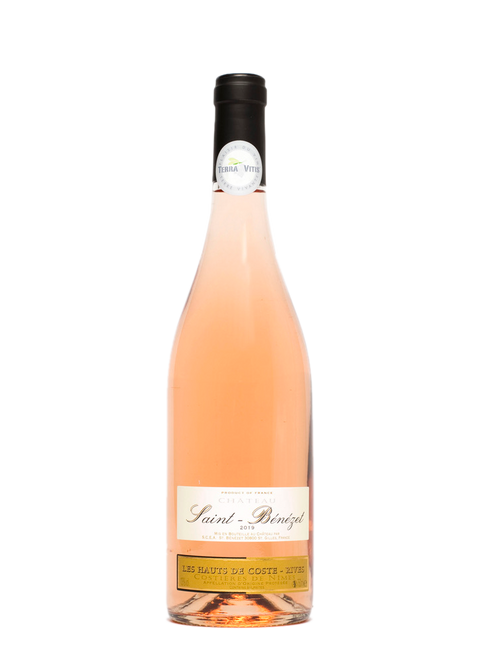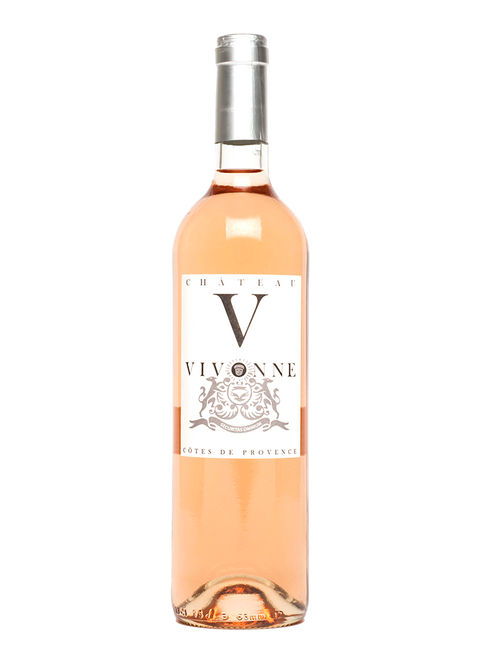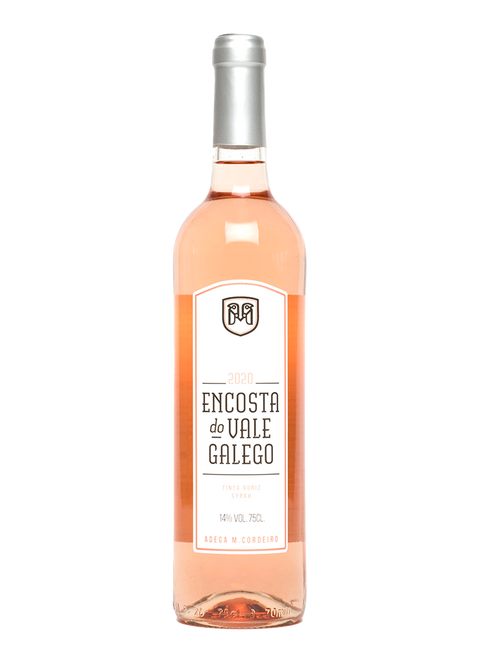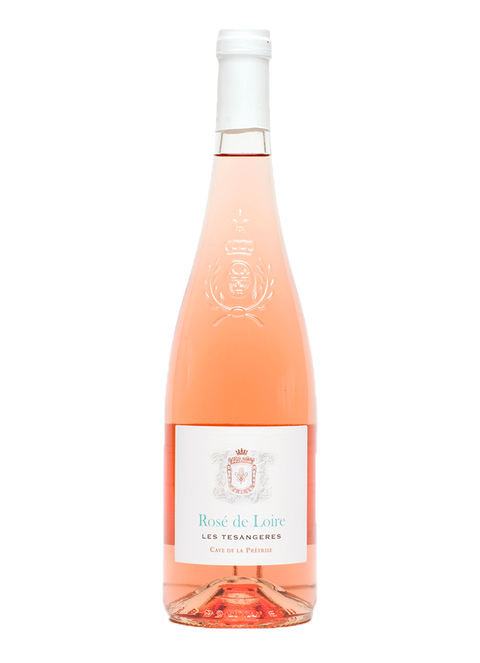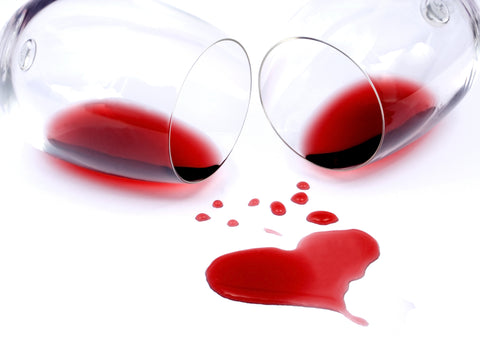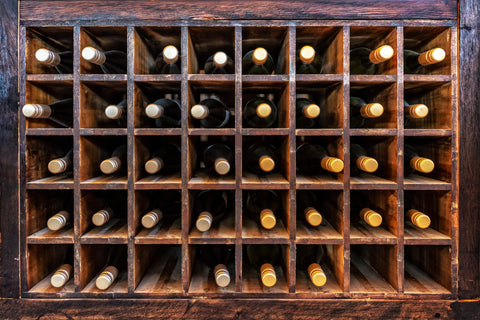Is paler rosé better?
May 9th, 2024 | Mary Domange
Many people believe that the paleness of a rosé is an indication of quality. Spoiler alert - this is completely untrue. Read on to find out why.
Picture taken at Chateau Saint-Bénézet in the Costieres de Nimes. Wine featured below.
What grapes are used to make rosé wine?
Rosé wine is made from red grapes. The grape variety varies according to the region, but you cannot make rosé with white grapes (more on this later.) All grape juice is white – from both red and white grapes – and the only thing that gives wine its colour – is the skin. So, a rosé wine is made just like a white wine, but from red grapes, and the colour from the skin of these wines is what gives the finished wine its pink hue.
Rosé wine can be made from a wide variety of red grapes depending on the region.
How is the colour extracted from the red grape skins?
There are two ways of extracting the red/pink colour from the grape skins.
The Maceration Method
The most common method of making rosé wine is the maceration method where the red grapes are crushed, their white grape juice extracted, and the juice is left to macerate (like marinate) with the red grape skins for a short period of time, so that it takes on some of the colour. The amount of time depends on the original grape variety used and the expertise of the winemaker in achieving the colour they desire. Red grape skins contain a lot of tannin – which is great for making red wines, but not so desirable if your end goal is a fresh and fruity rosé – so getting the balance right is extremely important.
The Saignée Method
Saignée is the French word for ‘bled’ – as in bleed. This method involves starting the process of making red wine, but bleeding off the juice when it is the desired colour and using this to make the finished wine. This is a more complicated and time-consuming process, so is used more rarely than the Maceration Method and often in the higher quality rosé wines.
Can you make rosé from mixing red and white wines together?
We get asked this a lot – and it’s interesting because the answer is controversial. First, it is the most acceptable and permitted practice in the making of Rosé Champagne – the only European region where blending red wine with white is considered to be an essential part of the process. It is not strictly permissible elsewhere.
Often, rosé or ‘pink’ Champagne is made by adding a little red wine into the white wine before it goes into the bottle for its final fermentation and where it makes all the lovely bubbles. The red wine used will usually be made from Pinot Noir or Pinot Meunier grapes. There are, however, a few Champagne houses who use the more expensive saignée method (see above).
Now to the controversial part. In some wine growing regions, up to 15% of the finished rosé wine is allowed to come from white grapes, without this being advertised on the bottle. This practice is often frowned upon as it is not considered to be fair practice – but in recent years it has become more common for two reasons:
First, the fashion for the palest of pale rosé, in a climate where red grapes are richer and darker than ever before, makes it almost impossible in some regions and some years to give the consumer this pale finish without the addition of white wine.
Second, when the grapes are too tannic, too spicy – and perfect for red wine – the winegrower may choose to add a fruitier more aromatic white grape, a vermentino for example, in order to provide a softer, fresher finish.
Is the palest rosé the best rosé?
The practice, therefore, of adding white wine is borne of the unfounded belief that the paler the rosé, the better it will taste. It is not an indication of quality, of alcohol content or of freshness.
It is a complete misconception that the paler the rose, the better it is. There is no doubt that a very pale rose is aesthetically pleasing, and that may be a reason in itself to look for this, but it is not a sign of quality, it is a sign of grape variety and region – and in some cases may be a sign of lower quality as white wine may have been added to achieve the desired result.
True Rosé comes in a range of shades from salmon to an almost bluey pink and in all degrees of intensity.
Why is Rosé de Provence special?
Rosé de Provence is one of the wines that was traditionally pale, although it is becoming harder to create this look with the impact of climate change.
To be considered a true Rosé de Provence, it must contain the Mourvèdre grape alongside a blend made from some of the following: Syrah, Grenache, Cinsault, Carignan or Cabernet Sauvignon.
A good Provence rosé will usually be fairly pale, but the colour will vary from year to year, according to the growing conditions. It’s worth making sure you pick one from a quality grower, but it will come with a price tag.
Beware, however, the highly priced branded rosé wines, largely from Provence, which garner their price more from their marketing strategy than from actual production values or quality.
Rosé wines from elsewhere
The colour of a rosé wine will vary according to where it’s made and from which grapes. The practice of adding any sort of white grape is completely forbidden in many French wine growing areas, so the wine will often not be as pale as the fashion currently dictates. It’s important that these are not overlooked or misunderstood, as many would argue that it has more in common with its historical roots than the modern styles. Rosé is thought to be the earliest form of wine, where ancient winemaking practices meant that red grapes were pressed soon after the harvest and drunk while still young. It was only the development of more efficient wine presses (rather than feet!) that led to the production of more full-bodied wines where the juice is left to macerate or stew with the skins.
An example of this is Rosé de Loire. One of the oldest rosé producing areas, these wines are not, and have never been pale in colour - rather they are prized for having a deliciously pink hue, that varies according to the vineyard.
Is Rosé wine sweet?
No – a good rosé wine should not be sweet – it is a dry wine, made in the same way as a white wine. It should not contain any added sugars and all the flavour in the wine should come from the grapes. The more sugar present in the original grape, the higher in alcohol the finished wine will be. So the further south you go, the more alcohol there is likely to be in the wine – but not more sweetness.
What foods pair with Rosé wine?
A well-made rosé wine is wonderful on its own, over ice or with the addition of a few raspberries and strawberries (don’t use the best stuff for this!). It is, however, one of our favourite wines to accompany spicy food, including curries and Asian dishes. It goes brilliantly with sushi and a range of grilled vegetables as well as fish and chicken. A top rosé wine will also hold its own against a well-made white or red and pair similarly. While we sell most of our rosé during the summer months – we always have a bottle or two in the fridge during the winter to serve with food – and a sparkling rosé is an absolute must for Christmas.



